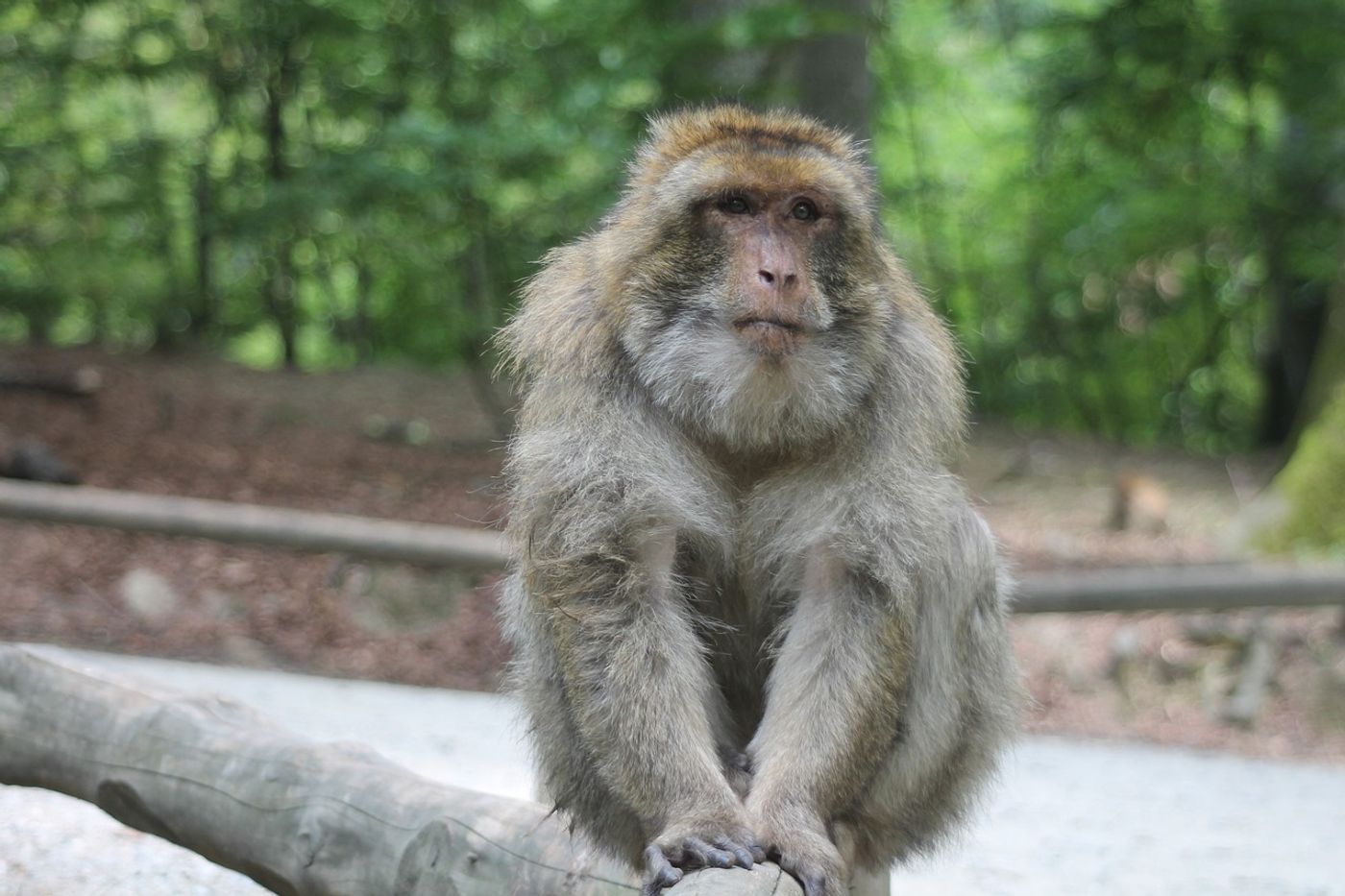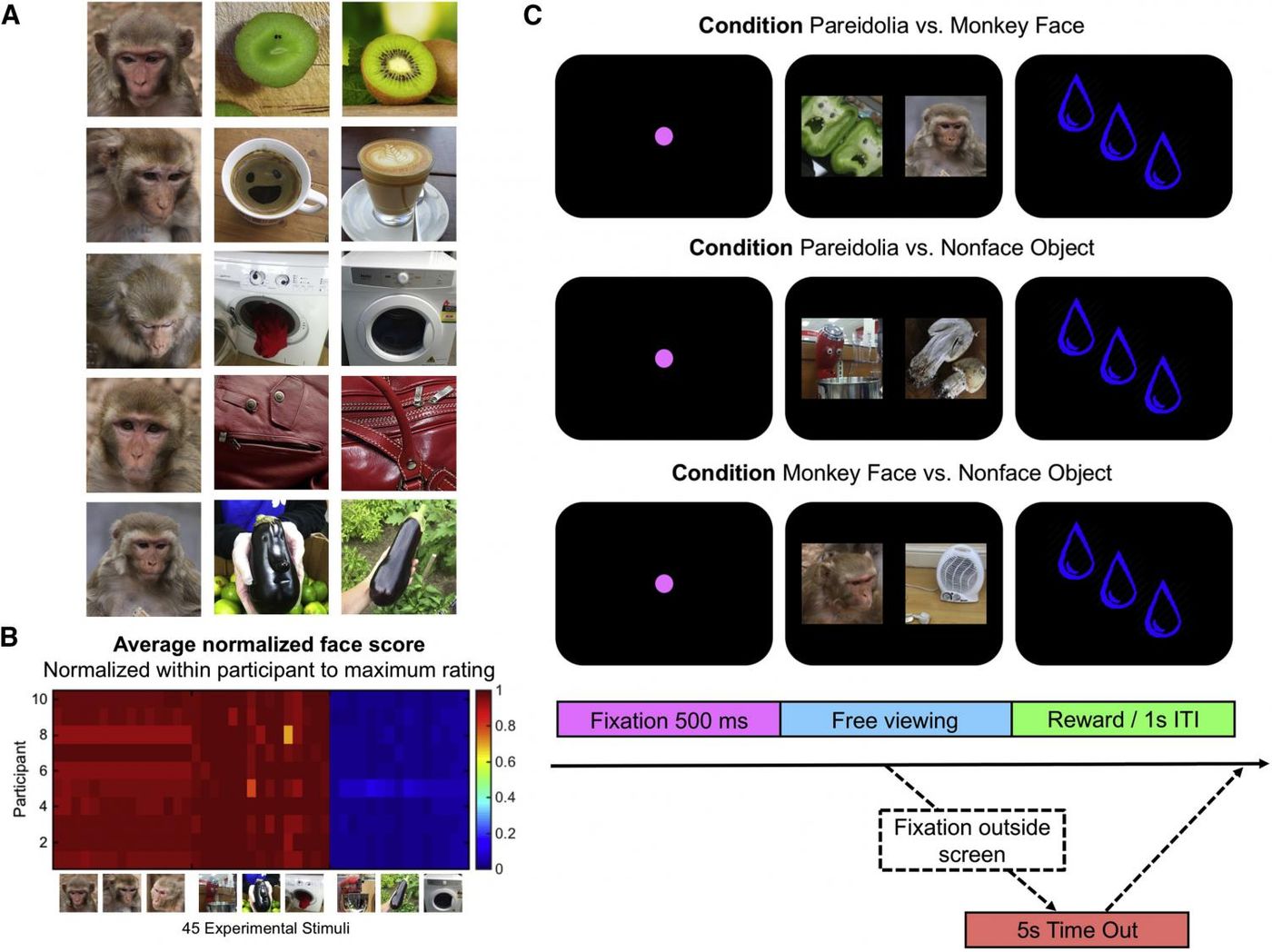Monkeys Can Recognize Faces in Inanimate Objects
Facial recognition is just one way that people differentiate one person from another, but it's not unique to humans; non-human primates innately exhibit this ability too.
Recognizing facial features on inanimate objects, on the other hand, is a separate skill in and of itself known as face pareidolia. Humans possess this ability, but the extent which non-human primates and other animals can do the same has riddled researchers for some time.
Image Credit: Pixabay
In a new study conducted by the U.S. National Institute of Mental Health, curious researchers discovered that even rhesus monkeys are capable of recognizing facial features on inanimate objects. They published their findings in the journal Current Biology.
Face pareidolia isn't known to have any evolutionary advantages for animals, but since humans regularly ‘create’ inanimate objects with faces on them, it originally seemed like a feature unique to our species.
Nevertheless, it doesn’t always take intentionally-crafted human-made objects like action figures or dolls for humans to see a face on it. In some circumstances, we can recognize faces on inanimate objects that were never meant to have one. Some examples include the arrangement of small pillows on a long couch or the subtle symmetrical features of a car's grille.
Image Credit: ClassicCars.com
Related: Learn why this monkey befriended a chicken at an Israeli zoo
To find out whether rhesus monkeys could recognize facial characteristics in inanimate objects like a human would, the researchers showed five rhesus monkeys various images on a computer screen. Some of the pictures depicted inanimate objects with facial features subtly embedded into them, while others were lacking these features.
Image Credit: Current Biology (2017). DOI: 10.1016/j.cub.2017.06.075
The researchers paid close attention to how the monkeys reacted while looking at the pictures. Armed with the knowledge that primates tend to stare at faces longer than they do at inanimate objects, they watched to see if they stared longer at the face pareidolia-triggering images.
To their surprise, the monkeys stared at these pictures longer than those without any embedded facial features. Additionally, they stared at them longer than they would at a fellow monkey, highlighting how they were both curious about and stumped by the optical illusion.
Cameras and eye-tracking equipment used throughout the study revealed how the monkeys would focusing on particular features in the pictures that looked like eyes and mouths. Given how these are the telltale features of a face, the results aren't too surprising.
The researchers concluded from the monkeys’ behavior that they can recognize familiar facial patterns in inanimate objects just like humans can, which once again illustrates the intellectual capacity of these animals.
Related: Dogs and monkeys both have an innate sense of morality, study finds
Because rhesus monkeys are social creatures like humans, they made for great test subjects. Extensions of this research in the future could help determine if other animals possess similar abilities.
Source: Phys.org











